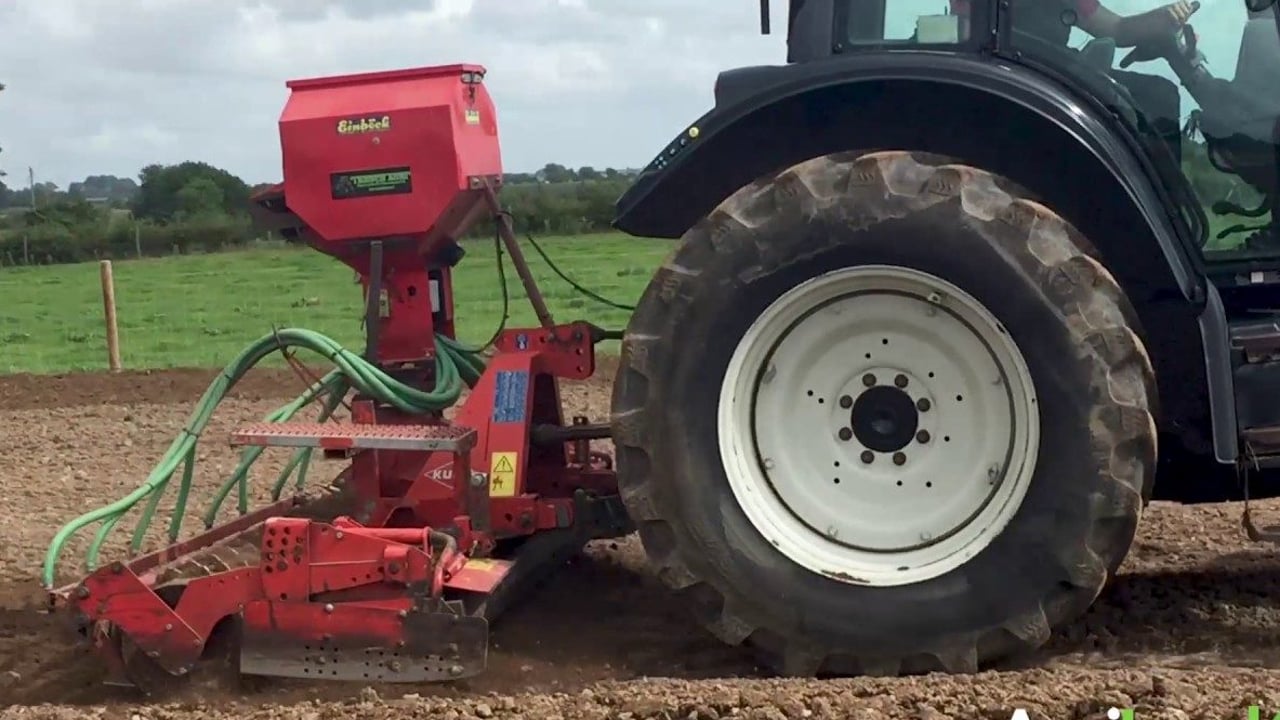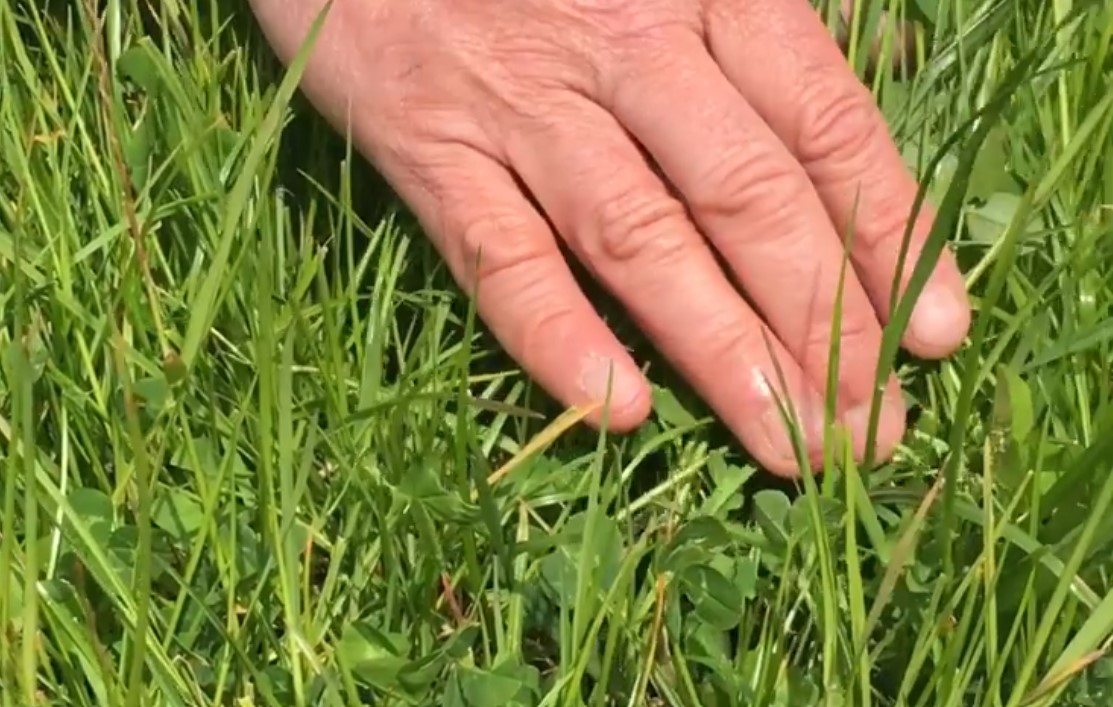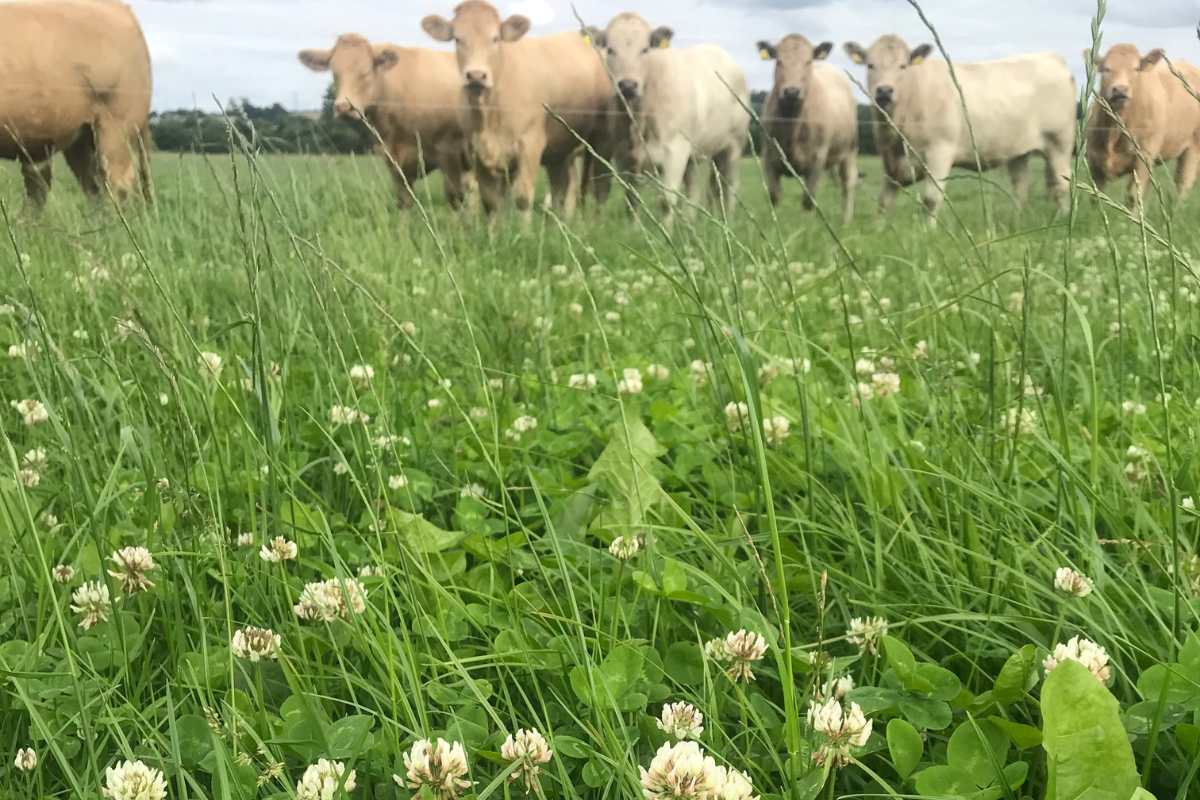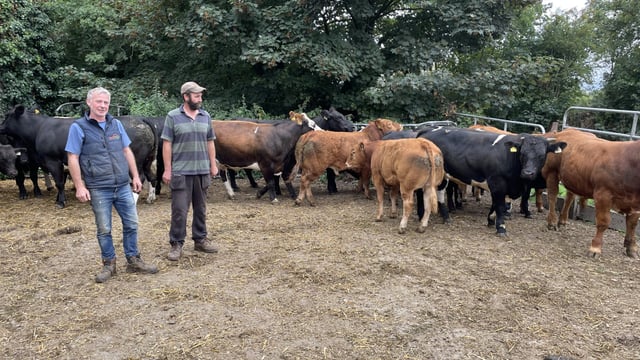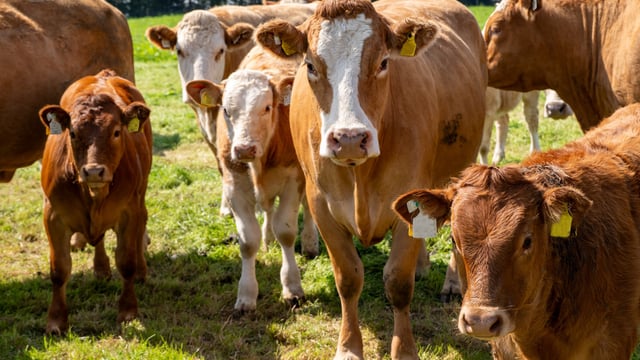Heat and conditions still allowing for autumn reseeding
High temperatures and decent conditions continue, giving many farmers the opportunity to complete some autumn reseeding.
This will be the last chance of the year to get this done and even though grass growth has slowed, the temperatures in the soil with occasional showers is presenting a great opportunity for reseeding.
Many farmers will have already completed some reseeding in spring this year as conditions proved very favourable, but for those tthat did not get any reseeding done in 2025 or are looking to get more done, now is the chance.
Autumn reseeds can be more difficult to manage, as conditions can turn very quickly and if the timing is not perfect, establishment and weed burden can both be a limiting factor in its success.
Autumn is still the most popular time of the year to get reseeding done, with over two thirds of farmers opt for this option, which is largely down to convenience.
Reseeding in autumn is easier from a labour perspective, as most farmers have their second cuts of silage secured, cows are all bulled and the main task is just milking cows at this time of the year whereas in the spring time, farms are wrapping up calving and preparing for the breeding season.
Many farmers also fear running the grazing platform too tight in the spring by taking out a paddock for a couple of rotations.
However, spring reseeds have proved to be more successful in a lot of scenarios as better clover and grass establishment is observed and more opportunities for grazing leads to a lower weed burden and grass-clover persistency.
However, if you get the timing of your autumn reseed right, there is no reason you cannot establish a successful reseed, but time is running out as in September, weather is unpredictable and soil temperatures will begin to drop.
When identifying paddocks for reseeding, farmers should highlight those that are about 20% behind the annual grass tonnage grown on the farm.
So, if you grow 14t dry matter (DM)/ha, paddocks growing 11.2t DM/ha or less need to be targeted. Paddocks with a high weed burden or very low soil indexes should also be highlighted.
Autumn reseeding
The aim for an autumn reseed is to have the seed in the ground by the first week of September, as delaying it further sees the risk of poor germination rising due to the falling soil temperatures.
With deteriorating soil conditions, establishing a firm seed bed will be difficult and there will be fewer opportunities to use a post-emergence spray and get a grazing in before the winter.
The target turnaround time for a reseed in the autumn should be 50-60 days, so farmers need to start picking out paddocks for reseeding now in order to spray them off in time to get the seed in the ground in the first week of September.
So, if you were to get reseeding today, you should be aiming to graze it for the first time by October 24.
This means that you could potentially get another grazing out of it by the end of November, which would be perfect for establishment. It would also mean a low cover over the winter, which is crucial for clover persistency over the winter months.
Spray off the old pasture with a minimum of 5L/ha of glyphosate and allow a minimum of 7-10 days after spraying before cultivating.
Trash should be removed five days after spraying, either though cutting or grazing, and soil testing should be carried out to put a liming and fertiliser programme for the reseeded field in place.
The Pasture Profit Index (PPI) should be used to to identify a suitable grass for your farm, as the variety tool will identify the best varieties to sow when reseeding at different times of the year.
When incorporating clover into your autumn reseed, the earlier you start, the better.
Sowing white clover in the autumn can be difficult to establish, as soil temperatures are on decline and at this time of the year, clover finds it difficult to compete with grass, so now is the time to act on these underperforming paddocks before it is too late.
There are four different methods of cultivation: ploughing; discing; one-pass; and direct drill.
Each of these are equally effective when done right and the method you choose should be based on your land type, underlying stone, the turn-around time, and the machinery/contractor availability.
Whatever the method is, it needs to happen as soon as you can, as this reseed is going to need a post-emergence spray about 40 days later.
The more grazing it gets, the better, with the first grazing occurring at a cover of about 800kg DM/ha for grass and clover establishment.
Taking paddocks out for reseeding will make it more difficult to build covers this autumn, and so farmers need to ensure that all non-milking stock are off the platform, the strip wire is implemented, and extra supplementation if needs be is happening, as the boost in grass from a fresh reseed in spring of 2026 cannot be underestimated.

